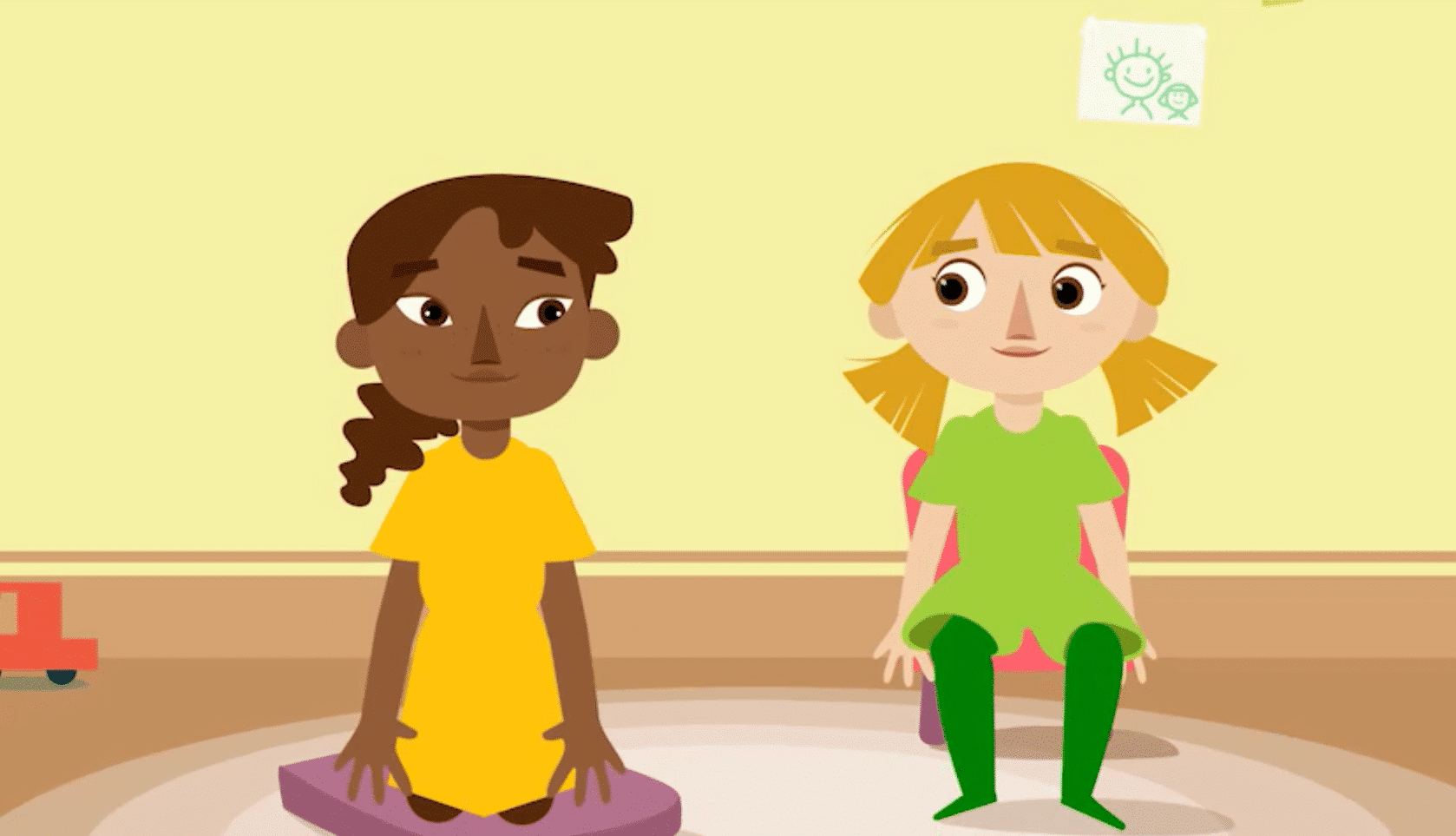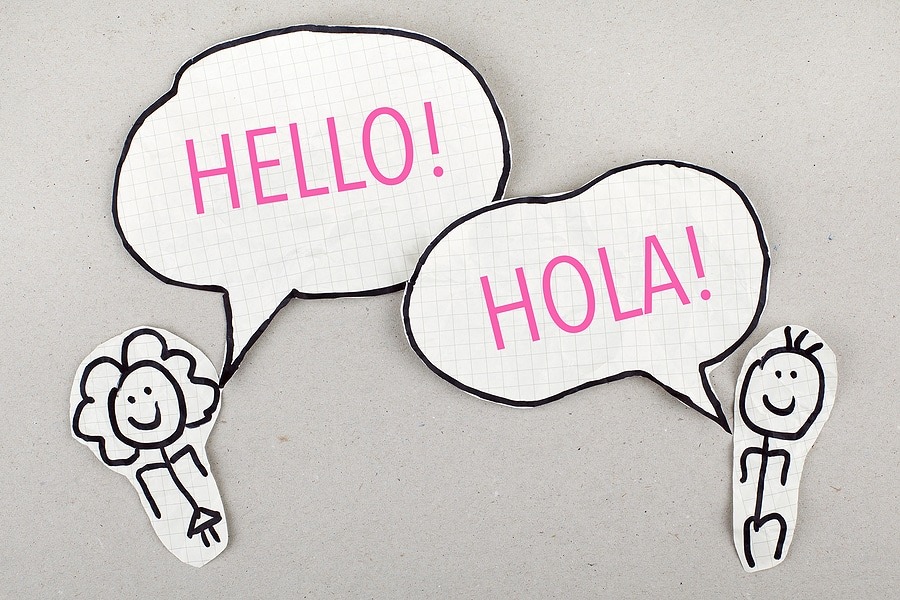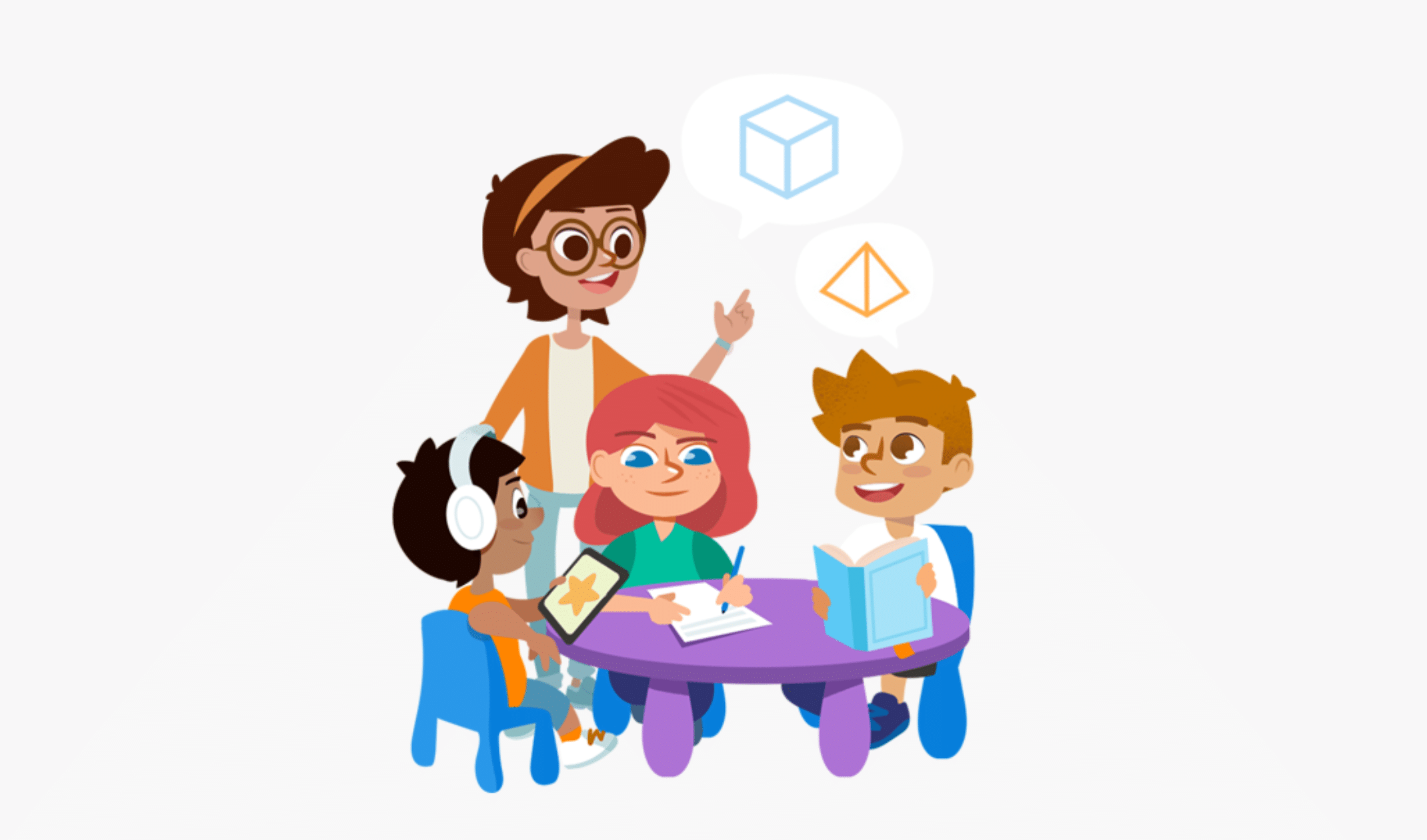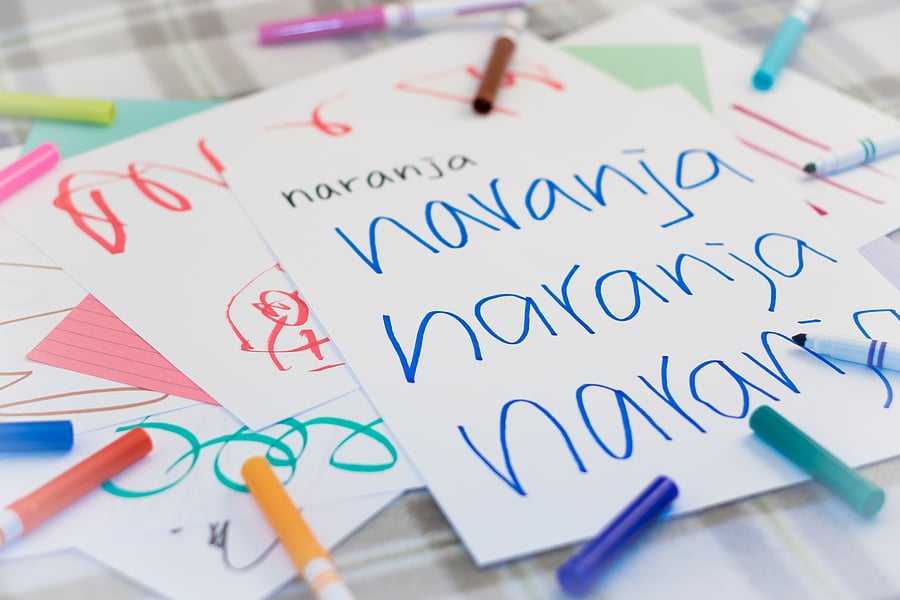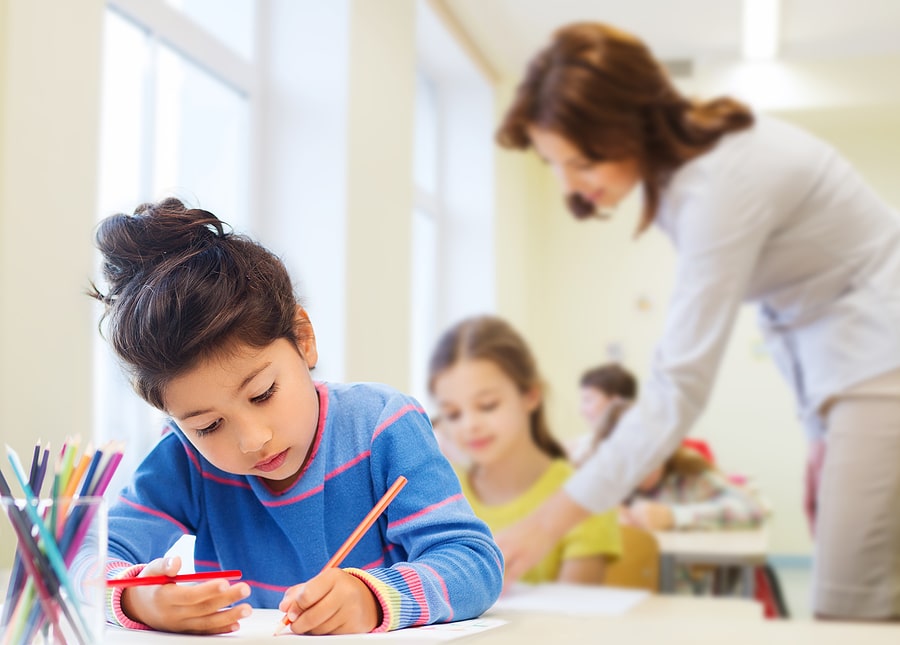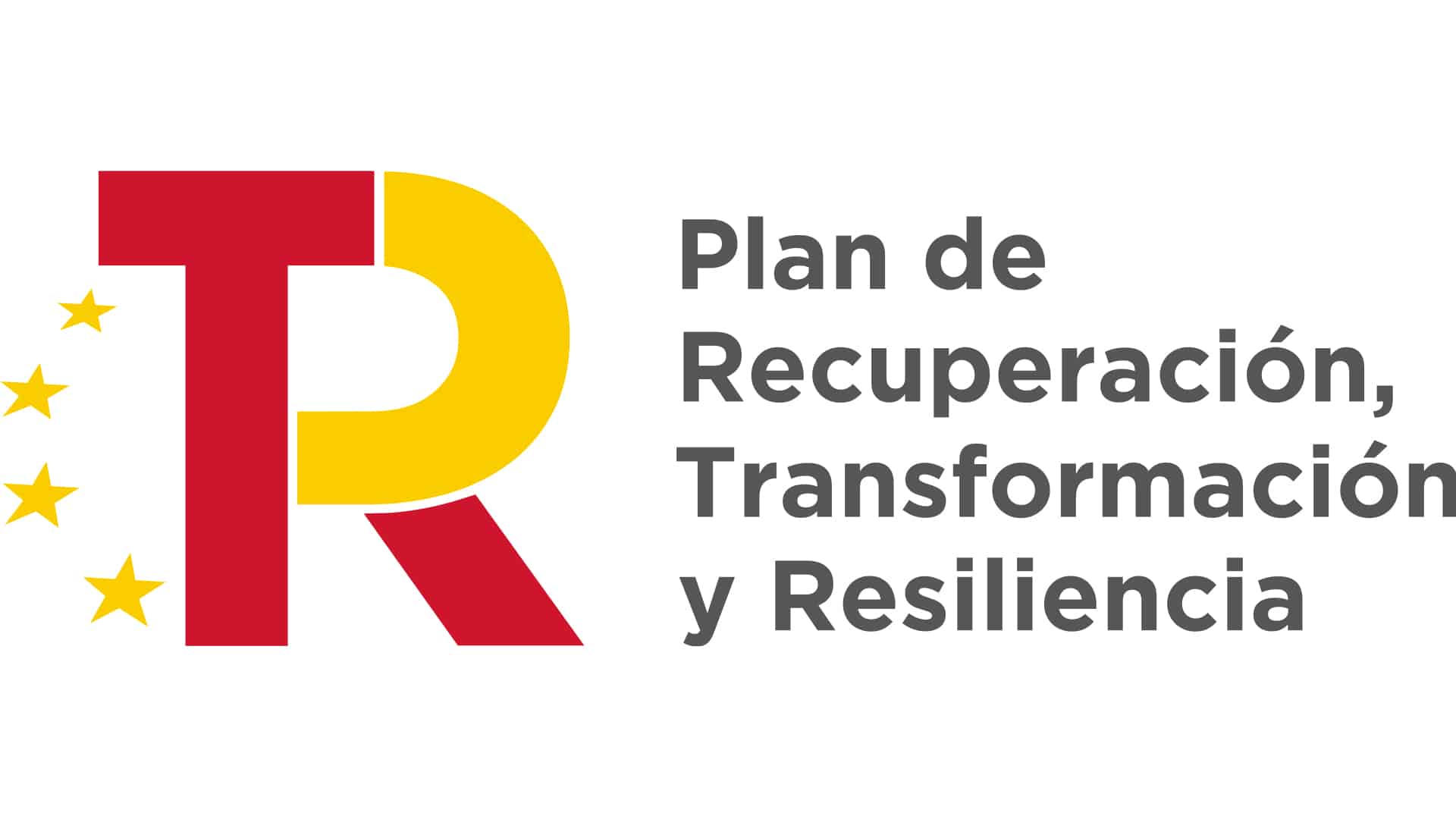The word self-esteem comes from “auto” and “esteem” which means a person’s valuation of himself/herself. High self-esteem positively influences the way a person relates to him/herself and others. Taking care of oneself is essential to developing effective and lasting social relationships. In addition to having a greater predisposition to connect with new people and greater personal satisfaction. Children when they have a high level of self-esteem:
- are capable of achieving whatever they set their minds to.
- value themselves
- have the tools to succeed on a personal and professional level
- know the great potential they have
- have the ability to communicate and relate to people better
- take responsibility for their feelings and, therefore, for their emotions.
Self-esteem begins to take shape in the first years of life.. When the baby is born it begins to seek interaction with the parents, this is when a reciprocal attachment relationship begins to be built, and the child begins to feel capable and valued. In the early years, especially in the preschool stage, they are already able to identify their ability in the social and academic spheres.
From the age of 6, acceptance by their peers begins to become very important, so it is essential to take care of the relationships they develop with other children. They build their personal assessment based on the opinion that is built around these relationships.
Between the ages of 7 and 8, the education received at home has a relevant impact on the formation of self-esteem, although there are other factors that influence it: the relationship with peers, the relationship with teachers and the environments in which the child participates.
How to instill self-esteem at school
The school’s challenge is to teach them that loving others is as necessary as learning to love oneself. that loving others is as necessary as learning to love oneself.. Work with them on self-knowledge so that they know what their positive and negative points are so that they can enhance the positive ones and improve the negative ones. This means that the work of teachers should not be based solely on the transmission of knowledge, but rather on preparing students to face the world in which they will live.The mission of teachers is to prepare students to face the world in which they are going to live.
The attitude of teachers is fundamental, so we encourage you to:
- Listen carefully to the needs of your students.
- Empathize with them, validating their emotions and feelings.
- Reinforce the activities they enjoy
- Giving them more leeway to freely choose the activities they want to perform
- Be an example for them, help them overcome the obstacles they encounter along the way.
In short, children who have high self-esteem show greater enthusiasm for living their lives, for relating to others, and for excelling in all aspects of their lives.
Activities to improve self-esteem in the classroom
Here are some activities to improve self-esteem in the classroom:
- Hidden treasure box. The teacher hides a mirror in a box and tells the students that there is a hidden treasure inside, creating high expectations. Each one will have to look inside to find out what it contains, but without revealing anything to the rest. Finally, the teacher will ask them to reveal the treasure they have discovered and ask them about those qualities that they believe make them unique and special.
- Positive glasses. Students will have to pretend to put on imaginary glasses through which they can only see the positive aspects of their classmates. Each person should take a piece of paper with his or her name on it and hang it on his or her back, so that others can write down the positive aspects of him or her. At the end, everyone will be able to share their impressions in an assembly. It is an excellent way to nurture the child’s confidence through peer and teacher recognition.
- Write a letter. Each student has to write three virtues and defects that he/she believes he/she has on a piece of paper, which he/she will keep in an envelope. This envelope will be passed to each of the classmates so that they can add three more qualities. Each student will read all the positive things that others think of him or her. The objective is to show that we are all different and that just as we have defects, we also have many virtues that others value.
- Videos. At Smile and Learn we have a wide variety of videos about emotions that can help children to identify and work on their feelings. In addition to these videos you can find other complementary games that you can use in the classroom. This type of content is very interesting and necessary for the emotional development of students and this will ultimately help them become more self-aware and have better self-esteem.
If you haven’t tried our educational platform yet, you can do it for free by filling out this form
this form.

